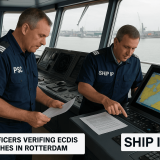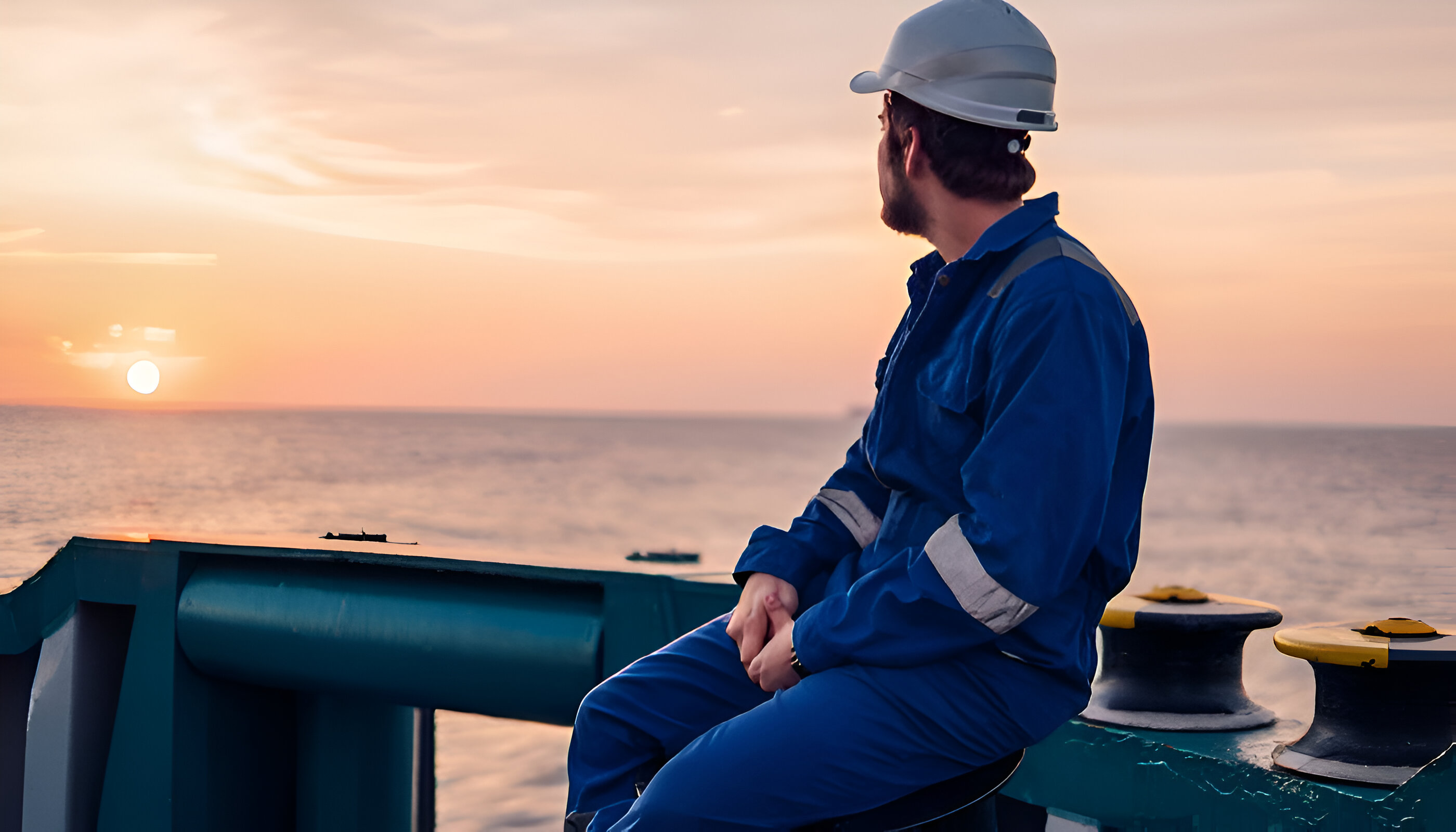Scrubbers Now Deemed a “Success Story” as VLSFO Prices Skyrocket
July 24, 2022 Maritime Safety News
Scrubber investments could rise considerably as new research evidence proves both its financial but also their operational benefits to ship owners. In its latest weekly report, shipbroker Intermodal said that “market sentiment remains bullish regarding the overall ROI of scrubbers, facing tailwinds from a surprisingly favorable Hi-5 spread. Under a blurred setting regarding the direction and efficiency of alternative fuels and the current geopolitical disruptions, owners tend to adopt a medium-term approach to the evaluation of their investment towards decarbonization, rather than a long-term which might be overturned”.
According to Intermodal’s Research Analyst, Ms. Chara Georgousi, “recent studies have shown that running on HSFO and on a scrubber produces way lower emissions than running on LSMGO, further confirming the viability of a scrubber investment. Currently, owners who will drydock their vessels soon are increasingly considering investing in pollution abatement technology, in return for the benefits from the expected savings in the bunkering costs”.
“Coming down to the decision-making, the choice of scrubber type is a key factor that shapes the fitting cost but will mostly affect future savings and compliance with changing regulations. While most vessels carry open-loop scrubbers, many vessels fitted now opt for hybrid types, which offer increased flexibility for operation in all areas, regardless of ECA’s constraining rules or seawater alkalinity. Technological investments have a special mechanism of assessment, therefore, payback period, level of risk, tax prospects and expected inflation should be considered. The main criteria regarding the justification of a scrubber investment should be the ROI (including CAPEX & OPEX), the space occupied, and the weight, with horizontal scrubbers weighting less and covering less space compared to vertical ones, thus, minimizing the impact on a vessel’s cargo-carrying capacity and its profitability. Due to the funding difference of the technology implementation, the terms of inflows (fuel savings) and outflows (CAPEX & OPEX) should be identified, while the determining factor will be the maximum payback period”, Georgousi noted.
She added that “currently, owners who have already invested in scrubbers are enjoying a high ROI, while benefiting from more than $500/t Hi-5 spreads. For instance, in Singapore it was assessed at an all-time high of $569.50/t on July 5th, creating, therefore, the perfect scenario for scrubber-equipped ships. In Fujairah, the set-up is pretty much similar with the spread fluctuating close to the $500/t range. While HSFO markets in Asia have been weakening on the back of sanctions on Urals crude in Europe and the US, VLSFO markets are seeing a tight supply as refineries have been utilizing sweeter crude to maximize gasoline production to meet the demand for the peak driving season in the US and due to the expanded regional turnaround and strong gasoline cracks”.
Ms. Georgousi concluded that “at the moment, retrofitting times vary between 30 and 50 days, which is important to consider under the current market conditions. According to our data, retrofits now take place at a slower pace, while during 1H of 2022 only 3.7% of newbuilt vessels are scrubber fitted, compared to 13.9% during 1H of 2021. Since investments in technology are capital intensive, owners tend to keep a more conservative stance and ensure a balance in their fleets, until clarity is given on what will be the most cost-efficient and dominant compliant method”.
Nikos Roussanoglou, Hellenic Shipping News Worldwide







